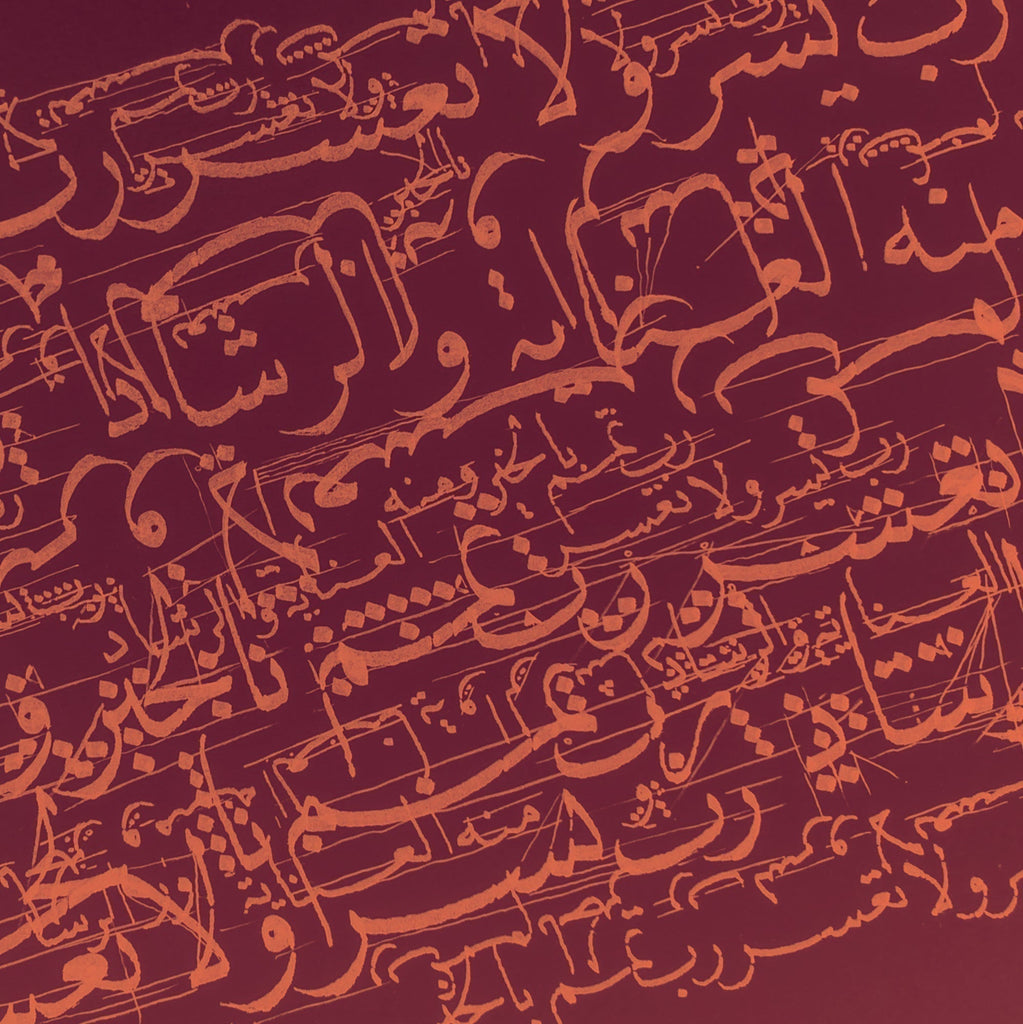
A Little Introduction to Arabic Alphabet
In the past, Arabic scripts were written purely in basic consonants without any reading signs. The physical phonetic and grammar properties behaved like an ‘invisible script’, whereby it is known and spoken, but not written.

Khat - A Brief Look on Arabic Calligraphy
The used of khat (Arabic calligraphy) has been a heritage in the transcription of The Quran. The origin of the compilation of The Quran began in the period of the 3rd Caliph - Uthman bin Affan (ra). It was written in Archaic Kufi script - a script that was adapted from the land of Hijaz.

The Way of The Pen
So the pen breathes out ink. And the ink molecules created new worlds on to the paper. As dictated by the creator.



